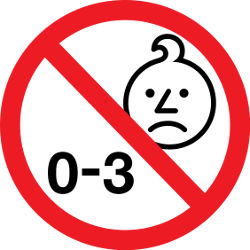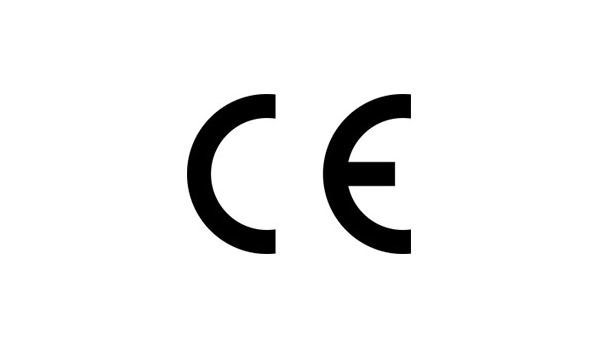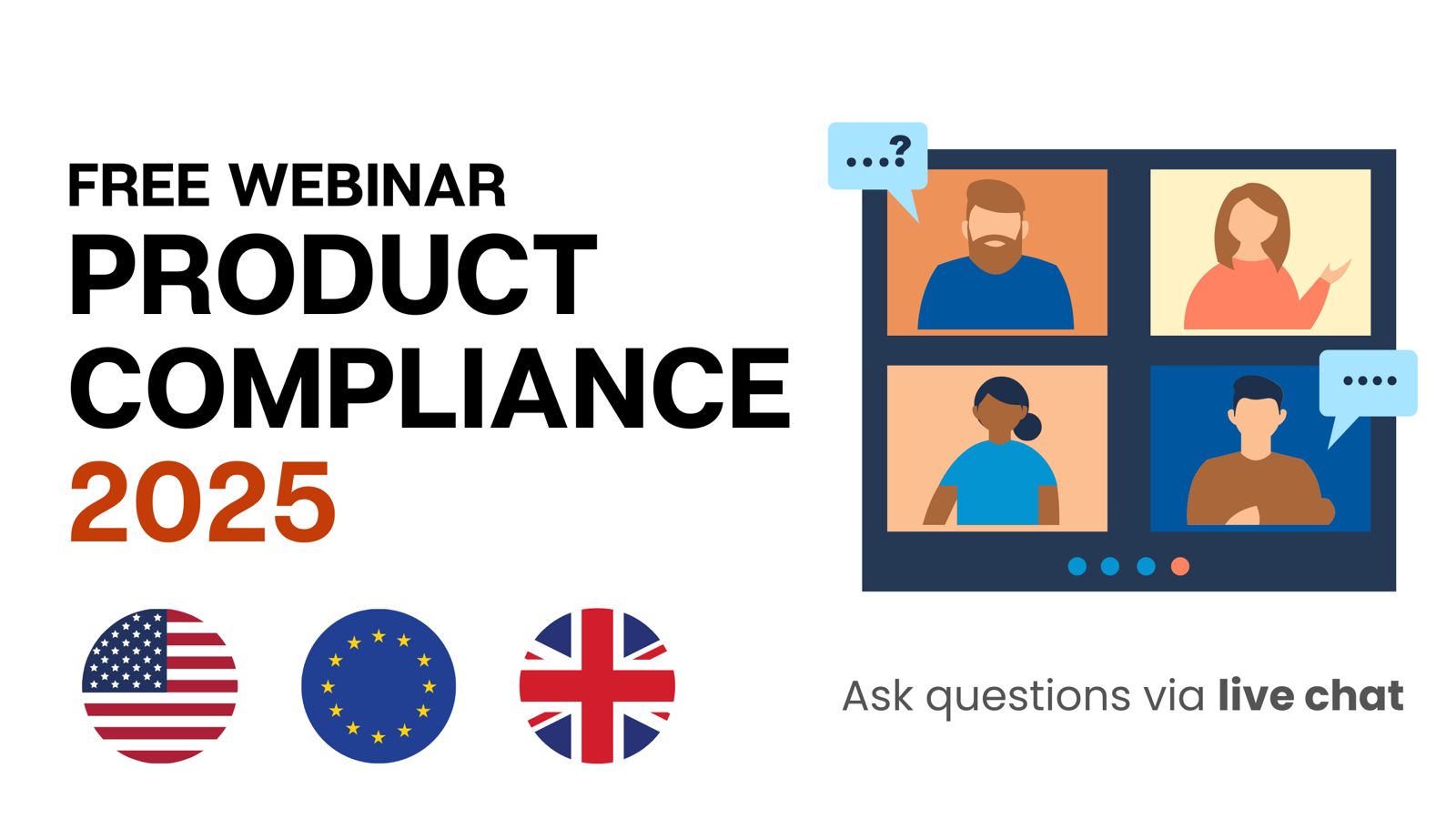
Board games sold in the European Union are subject various regulations, standards, labelling, documentation, and testing requirements. However, the requirements differ depending on whether the board game is considered a toy, suitable for 0 to 14 year olds, or other age groups.
The former is generally speaking subject to stricter requirements, concerning small parts and other safety aspects. Having said that, there are safety requirements also for adults board games – substance restrictions, for example.
It is not always easy to assess if a given board game is intended for children, adults, or both. For this reason, the European Union sets guidelines to help companies decide whether their board game, or other product, is appropriate for adults or children.
In this guide, we explain how the Toy Safety Directive, the General Product Safety Regulation, and other requirements apply to board games meant for children, and adults.
Content Overview

FREE CONSULTATION CALL (US, EU & UK)
- Request a free 30-minute call with Ivan Malloci to learn how we can help you with:
- Find product requirements
- Certification and labeling
- Lab testing
Board games for children – Toy Safety Directive
The Toy Safety Directive aims at ensuring that toys, which include board games, are safe for children aged under 14 years to use. Its requirements include:
- Conformity with harmonised standards (e.g. EN-71)
- Declaration of Conformity
- User instructions
- CE marking
- Traceability label
- Warning labels
Exempted products
The Toy Safety Directive exempts certain categories of products that are not considered toys. This includes:
a. Puzzles having over 500 pieces
b. Educational products meant for use in schools under the supervision of an adult instructor
Board games for 0 – 36 months old and small parts
Guidance Document No. 11 on applying the Toy Safety Directive lists criteria for deciding when a product is meant for children under 36 months of age. These criteria, which are listed in Annex 8 of the document, include products that:
- Have a simple design
- Are bright and colourful
- Have few parts
- Are easy to handle
- Can be grasped easily
- Have very simple rules for playing
- Include easy matching games
An example of such a game could be a memory game with only 8, big colourful cards.
Part B of Annex V to the Toy Safety Directive specifies that toys, such as board games, which might pose a danger to children under 36 months of age must carry either the “Not suitable for children under three years” warning statement or its equivalent graphic:

The warning may be necessary, for example, because a board game has small parts that end up in the child’s mouth, possibly resulting in fatal consequences, such as choking.
Board games for other age groups (3 – 14 years old)
Guidance Document No. 11 also lists just a few criteria for board games intended for children aged 3 years and older. These criteria include requiring board games to:
- Use letters or numbers
- Have an increased difficulty regarding strategies and rules
- Take more time to play
- Need higher motor skills to play (e.g. building large tracks, connecting mechanisms, pressing parts together)
An example could be a game such as Scrabble, as it requires the kid to know how to read and compose words with letters.
Harmonised standards
Here we list some harmonised standards that are relevant to board games.
| Title | Description |
| EN 71-1 Safety of toys – Part 1: Mechanical and physical properties | This standard covers requirements and methods for testing the physical and mechanical properties of toys meant for children (e.g. small parts) |
| EN 71-2 Safety of toys – Part 2: Flammability | This standard specifies methods of testing the flammability of toys. |
| EN 71-3 Safety of toys – Part 3: Migration of certain elements | This standard specifies requirements and methods of testing the migration of several substances (e.g. lead, mercury) from toy materials and parts. |
| EN 71-13 Safety of toys – Part 13: Olfactory board games, cosmetic kits and gustative games | This standard covers olfactory and gustative board games, and specifies substance requirements for those games. |
Documentation
Importers and manufacturers of board games must provide certain documentation to prove that their products comply with the Toy Safety Directive.
| Title | Description |
| Declaration of Conformity | A self-issued document stating a product’s compliance with the requirements of the Toy Safety Directive |
| Technical documentation | A set of documents that help to assess the product’s compliance, such as product description, test reports and risk assessments |
| User instructions | Instruction may include information such as:
|
| Test report | Test reports are usually necessary to show that the board game product complies with requirements regarding, for instance, substance restrictions, flammability, and small parts. |
Labelling requirements

Here is a brief summary of labelling requirements for board games for children.
| Title | Description |
| CE marking | Toy products, such as board games, must carry a CE marking that indicates compliance with the directive. It must be permanently attached to either the product, packaging or documentation (e.g. user instructions) |
| Product traceability | Board game products should bear a traceability label that contains:
|
| Warning label | Annex V sets provisions for warnings. In particular, Part B of Annex V specifies that toys not meant for children aged under 36 months must have either of the following warnings:
|
| User instructions | Toy products, especially board games, should come with user instructions. These instructions might specify:
|
Board games for adults – General Product Safety Regulation
The General Product Safety Regulation establishes safety requirements for consumer products, which include board games for adults. In short, while the Toy Safety Directive covers aspects related to the safety of children board games (e.g. physical safety), the General Product Safety Regulation would cover safety aspects for products that are meant for adults.
Thus, just because the Toy Safety Directive does not cover a particular product, it does not mean that requirements do not exist.
Guidance document: Is your board game covered by the Toy Safety Directive 2009/48/EC or not?
It is important to notice that the authorities may still consider a board game that is meant for adults to be a children’s toy, regardless of the manufacturer’s intent. Guidance Document No 4 “Grey zone problem: Is a specific product covered by the Toy Safety Directive 2009/48/EC or not?” notes that the Toy Safety Directive classifies a product as a toy if it is designed or meant to be, exclusively or not, played with by children aged under 14 years.
Criteria
The same guidance document specifies that as children may see everything as having “play value”, there are some other criteria that can be used to determine whether a product (e.g. an adult board game) is a toy, such as:
a. Where the product is sold – toys are normally sold in toy shops or specific departments/shelves for children’s toys
b. Who the target audience of the advertising and packaging is – the product may be considered a toy if the packaging and advertising are geared toward children, no matter the product
c. Price – if the product has a cheaper price, then it might be for children
Recalls
Your adult board game product might be subject to product recalls or other issues, if:
a. You do not take the above points into consideration
b. The relevant authorities consider your product to be a toy, and you do not comply with the Toy Safety Directive
c. In general, the product does not comply with all relevant requirements
Examples
Here are a few examples of board games that may be meant for adults:
- Taboo Uncensored Board Game
- Spin Master Game (Adult Party Game)
- Clue Conspiracy Board Game
Standards
We were unable to find any relevant standards that are harmonised under the General Product Safety Regulation. In this case, you can refer to other EN standards or national standards to ensure your adult board game product complies with the General Product Safety Regulation requirements.
For example, you could still refer to the EN 71 standard series, even if these standards are meant for toys.
Documentation
Importers and manufacturers of adult board games should provide the necessary documentation to prove their product’s compliance with the General Product Safety Regulation. This includes the following items:
- Technical documentation
- User instructions
- Test reports
Labelling requirements
You should also properly label your adult board game product, or its accompanying document and packaging, with items that include:
- Traceability information (e.g. serial number, name and contact details)
- Warnings (including age suitability warnings)
- Instructions (e.g. for disposal)
REACH
The REACH regulation generally applies to consumer products, including board games, and sets restrictions for substances.
Anne XVII
Here are a few examples of substances that are relevant to board games and their restrictions:
- Phthalates (e.g. DEHP, DBP, BBP, DIBP) – 0.1% by weight
- Lead and its compounds – 1 mg/kg
SVHCs
Board games for adults may also contain substances of very high concern (SVHCs), such as:
- DPP, which is used in toys and is reprotoxic
- DIPP, which may harm an unborn child
If the SVHC concentration exceeds 0.1%, then you must submit a SCIP notification to ECHA and also notify customers of the presence of the SVHC in the product, if requested.
Lab Testing
You should have your board game product lab tested to ensure it complies with relevant requirements (e.g. small parts). If your product passes testing, you receive a test report indicating the product’s compliance with the requirements.
Here we list some examples of testing requirements for the regulations mentioned above.
| Regulation | Lab testing |
| Toy Safety Directive | EN 71 standards, which are harmonised under the directive, require you to comply with requirements such as:
|
| General Product Safety Regulation | Products must be safe for use. Thus, you should test your product to prevent potential risks such as:
|
| REACH | REACH sets substance restrictions for consumer products in general. For example, you should test plastic parts against phthalates content, or paint for lead content. |
Recalls
The EU’s SafetyGate system contains multiple examples of products subject to recall notices for failure to comply with requirements, standards, and regulations such as the Toy Safety Directive, and the General Product Safety Regulation. Here are a few examples of products that were withdrawn from the market because they did not comply with the Toy Safety Directive:
a. Wooden puzzle – Choking hazards
b. Chess set – Excess of formaldehyde
c. Wooden toy set – Excess of formaldehyde
This is relevant, as it can inform importers and manufacturers in the industry of potential compliance and safety risks concerning board games. You can find other recalls on the EU Safety Gate.
Board game testing companies
You should have your board game product lab tested to ensure it complies with relevant requirements (e.g. small parts). If your product passes testing, you receive a test report indicating the product’s compliance with the requirements.
Here we list some companies that claim to provide testing services for toys, including some types of board games (e.g. olfactory board games):
- Bureau Veritas
- Eurofins
- SGS

















Hi,
If a puzzle have a total 500 pieces is for children or adult toy